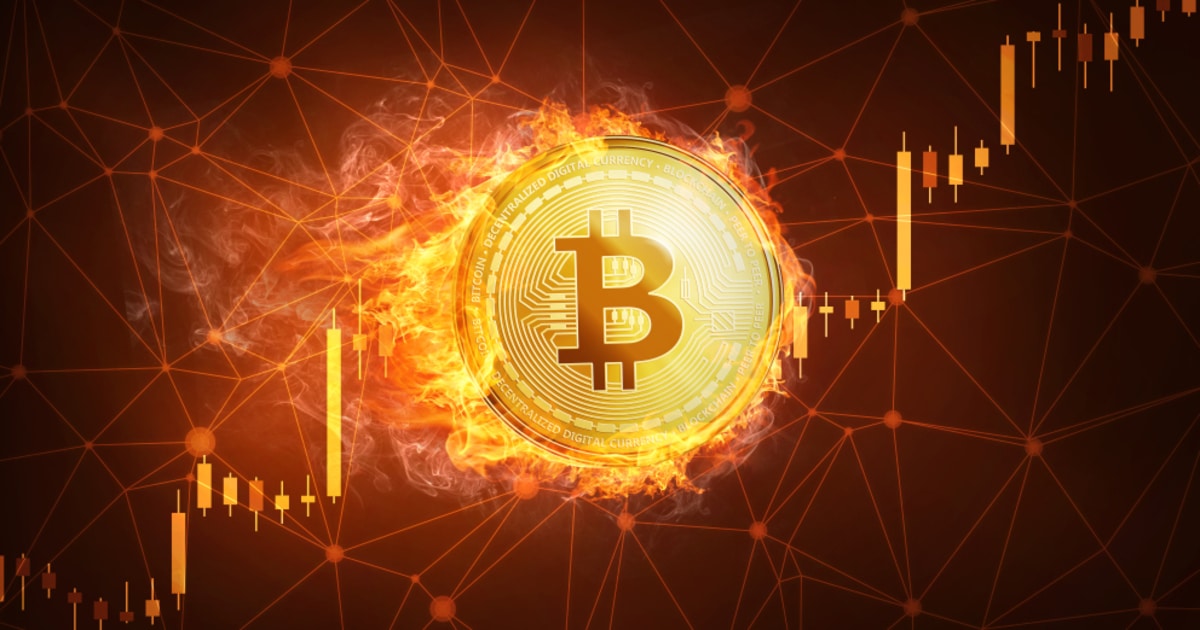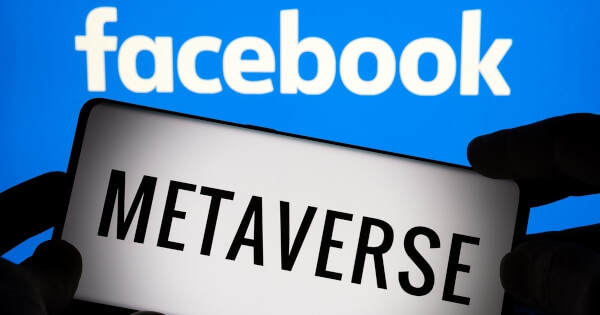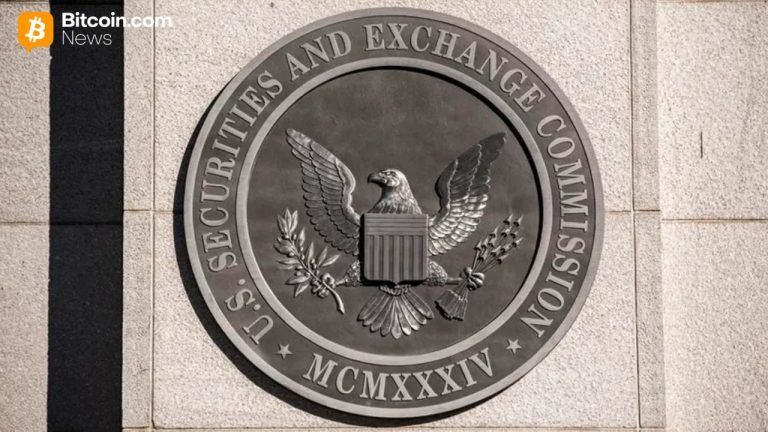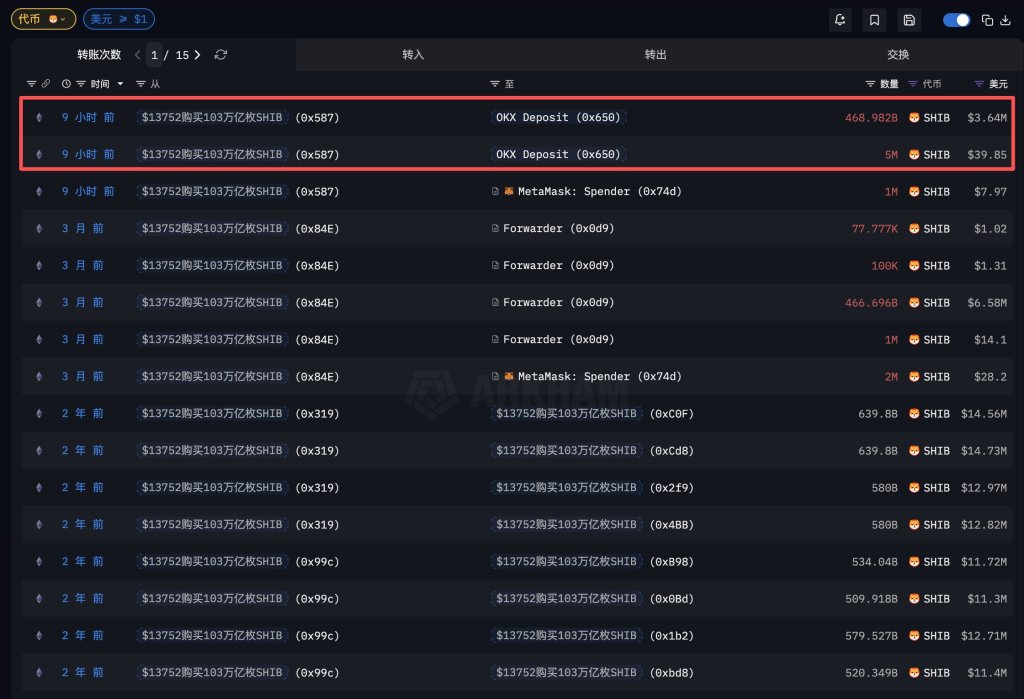Last May, I wrote an article for Bitcoin Magazine predicting that Layer 2 (L2) metaprotocol solutions would resolve the Ordinals controversy. Now that two of the most highly-anticipated Layer 2 solutions, Taproot Assets (TA) and RGB, are either available or imminent, it’s time to revisit this subject. Indeed, it may be past time judging by recent fee spikes driven by a resurgence of interest in BRC-20 tokens...
Following my view that the price, fee, and flexibility advantages offered by L2 metaprotocol solutions over on-chain Ordinals will ultimately prove decisive, I’ve focused my energies on advancing such solutions. Over the last few months, I’ve been deeply involved in both TA and RGB projects. In early September, I established a group in which the developers of L2 metaprotocol wallets, exchanges, and projects - as well as any other interested parties - can collaborate. I traded the first tokens on the new “Tiramisu” and “NostrAssets” TA exchanges and named the now-abandoned “Spank” TapAss (get it?) exchange. Most recently, I founded what will be the first 10,000 piece profile picture (PFP) art collection on RGB, Single-Use-Seal (named for the cryptographic primitive invented by Peter Todd in 2016 which forms the basis of RGB).
Given that creating the artwork for Seals, marketing the project and interacting with its (exceptional) community constitutes the most significant investment of my time into L2 metaprotocol projects, it follows that I believe RGB has greater potential than TA. However, unlike RGB which is currently undergoing a code audit by Blockstream before the gates are thrown wide to user investment, TA is available as a functional alternative to Ordinals right now. From personal experience, I can testify that TA tokens and NFTs are working and trading extremely well, with Lightning support as standard... So why, in the current high- fee environment, is the Ordinals war still raging, as shown by the recent battle over OCEAN mining pool filtering Ordinals transactions?
Image Inscriptions - Here to Stay?
As an artist (or, more accurately, amateur cartoonist), I well understand that limitations often spur creativity. A blank page can be intimidating in its endless possibility, whereas restrictions suggest structure and sometimes present a starting point. The size limitations of Inscriptions have obviously not stopped an explosion of creativity, from charming low-res and pixel art to improved technical efficiencies, like recursive inscriptions. However, the tight restrictions on file size imposed by the on-chain format does exclude certain possibilities.
For example, Single-Use-Seals explores the human artist’s role in a culture increasingly fabricated by AI. To achieve “Proof-of-Art” verification across the PFP collection and to filter AI-generated entries from our various community contests, Seals relies on high-res photographs of handmade art. At a resolution of 3072 by 3072 pixels, it’s possible to conduct a CSI-style enhancement of a Seal, sufficient to confirm the irregular pen strokes, imperfections of the paper, and shifting photographic tones as human made:

For a 10,000 piece collection, achieving this level of fidelity is cost-prohibitive within Inscriptions - if not technically impossible, given that each Seal image is roughly double the maximum size of a Bitcoin block. The same limitations apply even more so to high-quality audio and video content. Nevertheless, the high cost of scarce blocksize is as much a feature as a bug. Placement within the world’s first, costliest, and most secure blockchain confers an undeniable prestige. Those with suitably-small art or deep pockets will therefore continue to raise the perceived value of their work through direct association with Bitcoin. This will inevitably lead to a situation where data-heavy art (or that produced by the archetypal starving artist) finds its natural place on Layer 2 metaprotocols. Thus I still foresee a fee-determined bifurcation of Bitcoin-based art between layers.
BRC-20s - Time to Go!

Whereas image Inscriptions have their place, in my view BRC-20s (and related on-chain tokens) are now obsolete. There are some significant and fundamental drawbacks to these tokens:
- BRC-20s are minted on a first-come-first-served-no-refunds (FCFS/FU) basis. If your transaction arrives after all supply has been claimed then your funds are wasted and you get nothing. This leads to the bursts of intense fee competition which are so disruptive to the Bitcoin network - and cause much Ordinals backlash.
- BRC-20s rely on centralized indexers, run primarily by exchanges, to keep the ledger of who-owns-what straight. The potential for desynchronization and fraud is high.
- BRC-20 transfers and actions require on-chain Bitcoin transactions. This is expensive and relatively slow compared to tokens on competing chains.
- BRC-20 tokens are limited in their application. To my knowledge, the basic functions expected of tokens on other chains, such as any kind of decentralized financial applications, have yet to materialize. Certainly nothing like a BRC-20 stablecoin of any repute exists at this time - Stably is not something I’d recommend even to a central banker.
- BRC-20s are limited to 4 character tickers - and all the juiciest 4-letter words have long since been taken.
Further to point 1... New BRC-20s deployments are under constant threat by “The Sophon,” a rather aggressive bit of now-public code, developed by Rijndael to stifle new on-chain tokens. Named for the single-proton supercomputers deployed by aliens to block scientific progress on Earth (at least in Cixin Liu’s excellent sci-fi trilogy, “Remembrance of Earth’s Past”), Bitcoin Sophons scan the mempool for any new BRC-20 activity. Upon detection, Sophons pay for a high-fee transaction intended to front-run the original BRC-20 deployment transaction and set its total supply to 1. This effectively occupies the BRC-20’s intended ticker and invalidates any mint transactions from users, incidentally wasting any of their en-route transactions.
Suffice to say, I’m one of many Bitcoiners who believes that BRC-20s, in a word, suck. However, rather than trying to neutralize them via expensive Sophon transactions or censor them at the miner level, my preferred solution is to publicize the superior alternatives. To that end:

AdamCoin (AC) is the first token deployed on the Tiramisu TA wallet and exchange. AC enjoys a bullish and active market and, like all tokens on Tiramisu, can be traded by both Liquidity Pool and Order Book. Many other tokens and NFTs are available for trading on Tiramisu and the process of creating new ones is cheap and reliable (sans menacing multi-dimensional micro-computers). As an added bonus in these trying high fee times, Tiramisu deposits and withdrawals can be made via Lightning.

TRICK and TREAT are twin TA tokens trading on the open-source NostrAssets platform. With a Telegram channel of 13,000+ members, trading is brisk indeed and has the added bonus of integration with the Nostr protocol (despite Fiatjaf’s heated objections). Currently NostrAsset’s only real drawback is that it doesn’t allow the minting of new tokens or NFTs.

PePe-RGB is an RGB-based project in the final stages of launch preparations. PePe has already attracted a massive Twitter following of 28,500+ people and enthusiasm runs high for the PePe’s initial stage; the release of the world’s first popular RGB-20 token. There’s a lot more in PePe’s plan however, already there’s a fully-3D animated avatar, the grandson of the ubiquitous memetic frog, cast as the protagonist in a narrative set to play out across a cyberpunk city. It’s even rumored that a certain Seal may guest star... and even release his own token with utility for a verified-human-art market in future!
So, with such fine L2 tokens available, the question is why anyone still bothers with BRC-20s? As even the most scorchingly laser-eyed Bitcoin Maxi must admit, shitcoins ON Bitcoin are a damn site better than shitcoins IN Bitcoin!
Stealthy Stablecoins in the Colourful Dark
Speaking of tokens, it's understandable that many Bitcoiners have little interest in them. However, stablecoins are - like it or not - major players in our space. The third largest coin by market cap, Tether, is particularly noteworthy for regularly having the highest daily trading volumes across the market. It seems that fiat and BRC-20 enjoy a similarly persistent demand, despite the existence of vastly superior alternatives... And while a cryptocurrency bound to fiat may be far from the cypherpunk ideal, that doesn't mean it can't be improved. For example, a digital Dollar invisible to chainanalysts and regulators alike (24:30) offers some interesting new possibilities in a world of increasing monetary sanctions and surveillance. Perhaps with such possibilities in mind, Tether's CEO and Bifinex's CTO, Paolo Ardoino, has named RGB as the rightful successor to the stablecoin's original platform, and the best opportunity for issuing stablecoins on BTC.

Indeed, while nothing prevents the issuance of stablecoins on TA, RGB has some technical advantages which make it an ideal platform. Firstly, TA has the constraint of its universe model, in which each asset issuer creates their own unique and separate universe in which their assets operate. While it's possible to bridge universes, this requires permission from the original issuer. For assets intended to trade freely across the web - and stablecoins are surely most useful when easily transferable between various exchanges, wallets, etc. - this structure presents some obvious difficulties and centralization issues. RGB has no such constraints. Any two parties using the RGB system can freely exchange any amount of assets. Additionally, due to RGB's client-side validation model, only those parties would be aware that any such exchange occurred... Might we be looking at "gaining a new territory of freedom for several years," about 15 years after Satoshi's original statement?
The RGB rabbit hole goes a lot deeper, to the extreme future prospect of Prime, whereby Bitcoin itself rebases from its blockchain to a client-side validation model - all achievable on a voluntary basis without any soft or hardfork required. Such a prospect is well beyond the scope of this article, so let's confine ourselves to another exciting feature of RGB - complex smart contracts running on Bitcoin. This opens the door to all the opportunities (and risks) of the DeFi space but hopefully, done privately and in a low-cost, scalable manner atop Bitcoin. While some will have their objections, the prospect of rendering Ethereum and other on-chain smart contract platforms obsolete holds undeniable appeal…

Conclusion: Layer 2 is Bullish for Bitcoin
As the next Bitcoin bull market gets underway, Bitcoiners have the opportunity to make Layer 2 metaprotocol solutions part of the narrative. By failing to do so, more attention will flow to familiar, flawed options like BRC-20s, which will exacerbate the fee pressures usual to hot Bitcoin markets. Even for Bitcoiners without any interest in the possibilities and prospects of L2 metaprotocol assets, understanding and promoting them is a good way to support Bitcoin's next growth phase.

This is a guest post by Steven Hay. Opinions expressed are entirely their own and do not necessarily reflect those of BTC Inc or Bitcoin Magazine.

You can get bonuses upto $100 FREE BONUS when you:
💰 Install these recommended apps:
💲 SocialGood - 100% Crypto Back on Everyday Shopping
💲 xPortal - The DeFi For The Next Billion
💲 CryptoTab Browser - Lightweight, fast, and ready to mine!
💰 Register on these recommended exchanges:
🟡 Binance🟡 Bitfinex🟡 Bitmart🟡 Bittrex🟡 Bitget
🟡 CoinEx🟡 Crypto.com🟡 Gate.io🟡 Huobi🟡 Kucoin.


















Comments